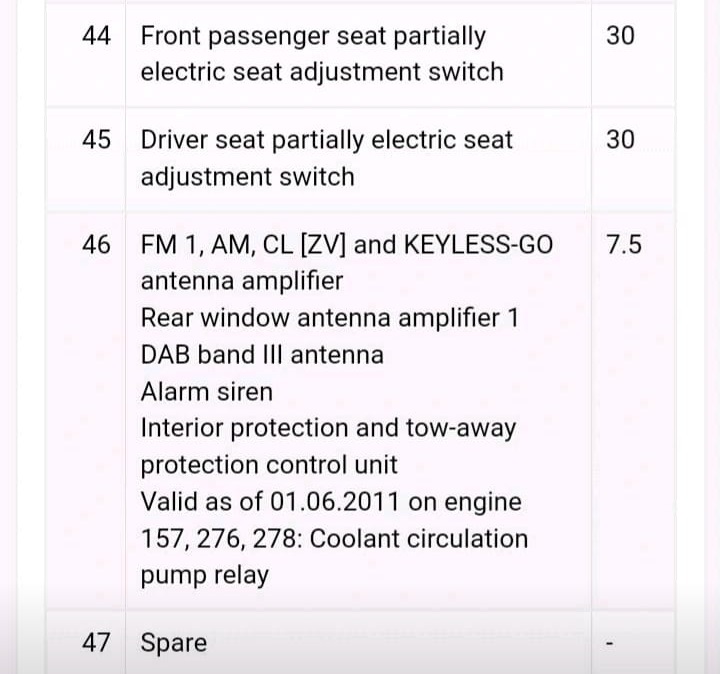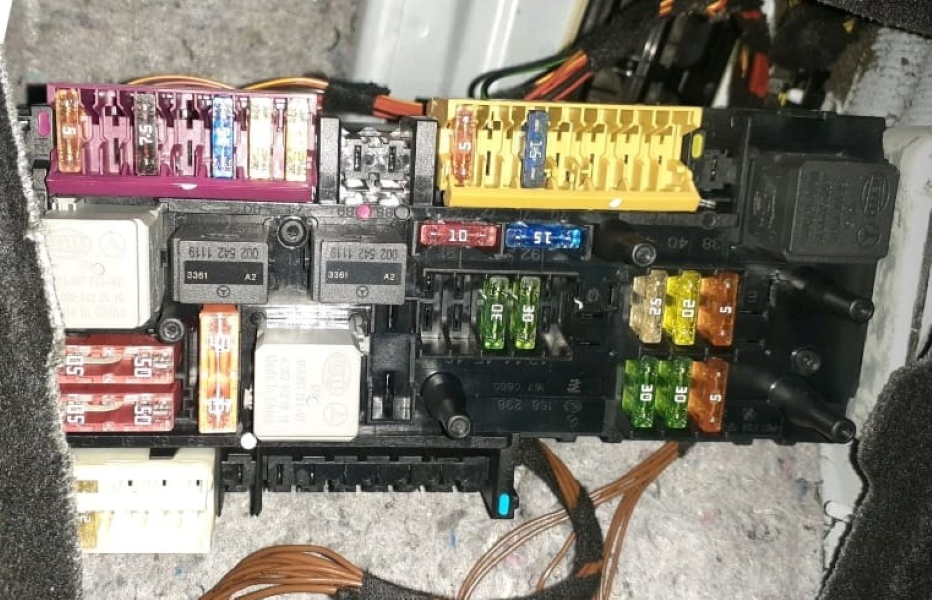Table of Contents
Central Locking Not Working: A Diagnostic Case Study in Mercedes-Benz E Class W212
Vehicle: Mercedes-Benz E Class W212
Complaint: Central Locking Not Working
A Mercedes-Benz E Class W212 arrived at our workshop with the owner reporting that the smart key’s long-distance lock and unlock feature was not working. This issue had been present since the customer purchased the vehicle, and despite their efforts, the central locking system remained unresponsive.
Initial Assessment: Verifying the Customer’s Complaint
Upon receiving the vehicle, our first step was to verify the customer’s concern. Indeed, the central locking system was not functioning as it should, with the smart key failing to lock or unlock the vehicle from a distance. Given the complexity of modern vehicle electronics, particularly in luxury vehicles like the Mercedes-Benz E Class W212, we knew that a systematic diagnostic approach would be essential.
Diagnosis Process: Connecting the Xentry Diagnostic Tool
To uncover the root cause of the central locking malfunction, we connected the vehicle to the Xentry diagnostic tool. This specialized tool is essential for diagnosing issues in Mercedes-Benz vehicles, as it can read and interpret fault codes stored in various control modules.
Fault Codes Detected:
Upon running the diagnostic scan, several fault codes were stored in the Rear Signal Acquisition Module (SAM):
- B1A3911: The two-way radio receiver has a malfunction; there is a short circuit to ground.
- U11400D: Communication with the two-way protection sensor has a malfunction.
- U116900: Communication with the interior protection sensor has a malfunction.
- U110D00: Communication with the alarm siren has a malfunction.

The primary fault code, B1A3911, indicated a malfunction in the two-way radio receiver, specifically a short circuit to ground. This fault was likely the key to resolving the central locking issue.
Troubleshooting the Two-Way Radio Receiver Malfunction
With the fault codes in hand, our next step was to investigate the two-way radio receiver’s malfunction. This component is crucial for the long-distance functionality of the central locking system, as it communicates with the smart key.


Step 1: Checking the Fuses
Our first action was to inspect the fuses associated with the two-way radio receiver. Fuses are often the simplest cause of electrical issues, and replacing a blown fuse can sometimes restore functionality.


Step 2: Fuse Number 46 Missing
During our inspection, we discovered that fuse number 46, which corresponds to circuit 30 of the anti-theft alarm system, was missing. This fuse is rated at 7.5A and is critical for the proper operation of the central locking system.

Step 3: Replacing the Missing Fuse
We replaced the missing 7.5A fuse, which was a straightforward fix. Once the fuse was installed, we cleared the fault codes stored in the Rear SAM using the Xentry tool.
Final Testing: Central Locking System Restored
After replacing the fuse and clearing the fault codes, we tested the central locking system. We were pleased to find that the smart key’s long-distance lock and unlock functionality was restored, and the central locking system was now operating correctly.
Conclusion:
This case study highlights the importance of a systematic diagnostic approach when dealing with complex vehicle systems. The central locking issue in the Mercedes-Benz E Class W212 was traced back to a simple missing fuse, which was causing multiple fault codes and the malfunction of the smart key’s long-distance functionality.
By carefully following the diagnostic steps, we were able to resolve the issue efficiently, restoring the vehicle’s security features to full operation.
Central Locking System
The central locking system is a feature commonly found in modern vehicles that allows the driver to lock or unlock all the doors of the vehicle simultaneously from a single point of control. This system enhances convenience, security, and ease of access, especially when entering or exiting the vehicle.
Key Components of a Central Locking System:
- Central Control Unit:
This is the brain of the central locking system. It receives signals from the remote key or other inputs (like the driver’s door lock) and sends commands to lock or unlock the doors. - Actuators:
Each door in the vehicle is equipped with an actuator, a small motorized device that physically locks or unlocks the door when it receives a signal from the central control unit. - Remote Key (Smart Key):
Most modern vehicles come with a remote key or smart key that allows the driver to lock or unlock the doors wirelessly from a distance. The remote key sends a radio signal to the central control unit, which then activates the door actuators. - Sensors:
These sensors can detect the status of each door (open or closed) and relay this information back to the central control unit. Some systems also have sensors to detect whether the vehicle is stationary or in motion. - Wiring and Fuses:
The central locking system relies on a network of wiring to transmit signals and power between the control unit, actuators, and other components. Fuses protect the system from electrical surges. - Door Lock Mechanism:
The physical locking mechanism in each door is linked to the actuator. When the actuator receives a signal, it moves the lock mechanism to either lock or unlock the door.
How the Central Locking System Works:
- Locking: When the driver presses the lock button on the remote key or locks the driver’s door using the physical key, the central control unit sends a signal to all the door actuators. Each actuator then moves the door lock mechanism into the locked position. In some systems, this action may also lock the trunk and fuel filler flap.
- Unlocking: Similarly, when the unlock button is pressed, the central control unit sends a signal to the actuators to unlock the doors. Depending on the vehicle’s settings, all doors may unlock simultaneously, or only the driver’s door may unlock first.
- Additional Features:
Many central locking systems come with added security features such as: - Automatic Locking: Doors automatically lock when the vehicle reaches a certain speed.
- Child Safety Locks: Prevent the rear doors from being opened from the inside.
- Deadlock Mechanism: Prevents the doors from being opened even if the windows are smashed.
- Alarm Integration: If an attempt is made to forcefully open a locked door, the vehicle’s alarm system may be triggered.
Common Issues with Central Locking Systems:
- Actuator Failure: Over time, door actuators can wear out or fail, leading to a door not locking or unlocking.
- Wiring Problems: Damaged or corroded wiring can cause communication issues between the control unit and actuators.
- Blown Fuses: A blown fuse can disable the entire central locking system, preventing the doors from locking or unlocking.
- Remote Key Issues: A dead battery or malfunction in the remote key can result in the central locking system not responding.
- Central Control Unit Faults: Problems within the control unit itself can lead to erratic or non-functional locking behavior.
Understanding the central locking system and how it operates can help in diagnosing and resolving issues, ensuring that the vehicle remains secure and convenient to use.






Leave a Reply